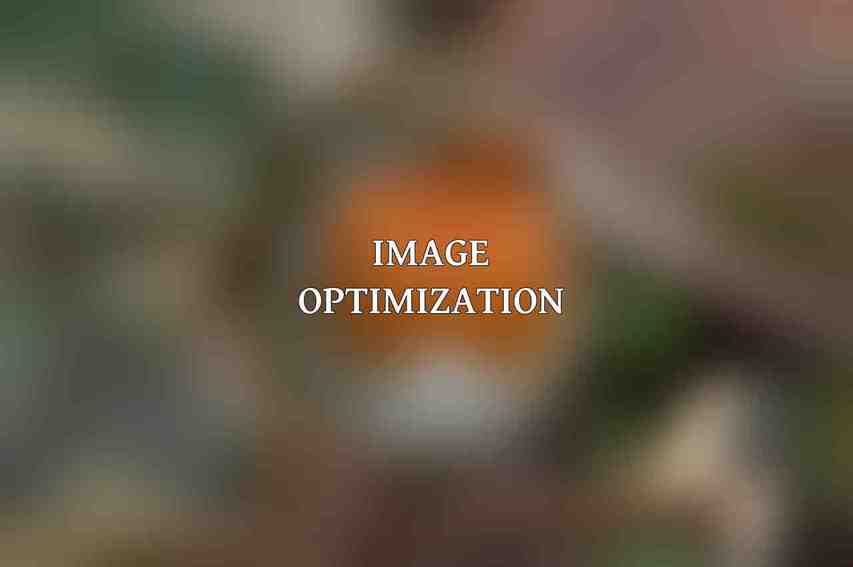Search Engine Optimization (SEO) is pivotal for online success, and one of the core components of SEO is On-Page Optimization. Crafting a robust on-page SEO strategy involves meticulous attention to detail across various aspects of a website. From content quality to technical optimizations, every element plays a crucial role in enhancing a site’s visibility on search engines. To help guide you through this intricate process, here is the ultimate checklist for On-Page SEO Optimization.
Content Quality and Structure
Creating high-quality content that resonates with your audience and is optimized for search engines is the cornerstone of a successful SEO strategy. Here are key points to consider:
A. Keyword Research
- Identify relevant keywords using tools like Google Keyword Planner, Ahrefs, or SEMrush.
- Target high-search volume, low-competition keywords in your niche.
B. Keyword Optimization
- Incorporate keywords naturally into page titles, headings, and content.
- Avoid keyword stuffing, as it can harm user experience and SEO efforts.
C. Content Length and Quality
- Aim for comprehensive, informative content that adds value to readers.
- Optimize word count based on industry benchmarks and keyword intent.
D. Content Structure
- Utilize clear headings (H1, H2, H3) to organize content effectively.
- Employ bullet points, lists, and subheadings to enhance readability.
- Designate separate pages for different topics or keywords to avoid content overlap.
Page Titles and Meta Descriptions
Crafting compelling page titles and meta descriptions can significantly impact click-through rates and visibility on search engine results pages: See our take on 10 Best Practices for Meta Tags in SEO
A. Page Titles
- Keep titles concise (60-70 characters) and descriptive.
- Include the primary keyword in the title.
- Utilize title tags to accurately reflect the page’s content.
B. Meta Descriptions
- Write engaging descriptions that summarize the page content (155-160 characters).
- Include the primary keyword and a clear call to action.
- Ensure that meta descriptions are unique for each page.
Enhancing your website’s header tags can improve both user experience and search engine crawlability:
Header Tags

A. H1 Tag
- Use the H1 tag for the main page title.
- Include the primary keyword in the H1 tag for relevance.
B. H2 and H3 Tags
- Utilize H2 and H3 tags to break down content and emphasize vital sections.
- Ensure subheadings accurately reflect the topics covered within the content.
Internal linking is a critical aspect of on-page SEO that helps search engines understand the structure of your website and the relevance of its content:
Internal Linking
A. Anchor Text
- Use descriptive anchor text that provides context for the linked content.
- Avoid generic anchor text like “click here” or “learn more.”
B. Linking Structure
- Establish a logical internal linking structure to guide users through your site.
- Utilize do-follow links to pass link equity to essential pages and improve their authority.
Optimizing images is essential for SEO as they contribute to a better user experience and can also appear in search results:
Image Optimization

A. Image File Name
- Use descriptive file names that incorporate relevant keywords.
B. Image Alt Text
- Provide informative alt tags that accurately describe the image’s content.
- Include the primary keyword in the alt text to optimize for search engines.
Incorporating schema markup on your website can enhance its visibility in search engine results with rich snippets and better contextual information:
Schema Markup
A. Structured Data
- Implement structured data markup to provide search engines with additional context about your content.
- Utilize schema types like Article, Product, or Organization to improve search result displays.
Ensuring a well-structured URL format can positively impact both user experience and SEO performance:
URL Structure
A. URL Length
- Keep URLs concise and descriptive, ideally under 2,000 characters.
B. URL Keywords
- Include relevant keywords in URLs to signal content relevance to search engines.
C. URL Consistency
- Maintain consistent URLs across all platforms and backlinks for better indexing and user experience.
Mobile optimization is crucial in this digital world where a significant portion of internet users access websites via mobile devices:
Mobile Optimization
A. Page Speed
- Optimize page speed using tools like Google PageSpeed Insights or GTmetrix to enhance mobile performance.
B. Responsive Design
- Ensure your website is fully mobile-responsive and provides a seamless experience across all screen sizes.
Website security and accessibility are paramount for user trust and overall website performance:
Website Security and Accessibility
A. HTTPS Encryption
- Implement HTTPS encryption to bolster website security and build user trust.
B. Accessibility Compliance
- Ensure your website complies with accessibility standards to cater to users with disabilities and improve overall inclusivity.
Implementing this comprehensive checklist for on-page SEO optimization can elevate your website’s visibility, user experience, and search engine rankings. By paying attention to these critical aspects of on-page SEO, you can create a strong foundation for a successful online presence. Remember, SEO is an ongoing process, so continuously monitor and adapt your strategy to stay ahead in the digital world.
Frequently Asked Questions
What is on-page SEO optimization?
On-page SEO optimization refers to the practice of optimizing individual web pages to rank higher and earn more relevant traffic in search engines.
Why is on-page SEO important?
On-page SEO is important because it helps search engines understand the content of your pages, which in turn improves your chances of ranking higher in search results.
What are some key elements of on-page SEO?
Some key elements of on-page SEO include keyword optimization, meta tags, heading tags, URL structure, internal linking, and content quality.
How can I improve my on-page SEO?
To improve your on-page SEO, focus on creating high-quality, relevant content, optimizing your meta tags and headings, using keyword-rich URLs, and ensuring a good user experience.
How long does it take to see results from on-page SEO optimization?
The timeline for seeing results from on-page SEO optimization varies depending on factors such as the competitiveness of your keywords and the quality of your optimizations, but you can typically start seeing improvements within a few weeks to a few months.

